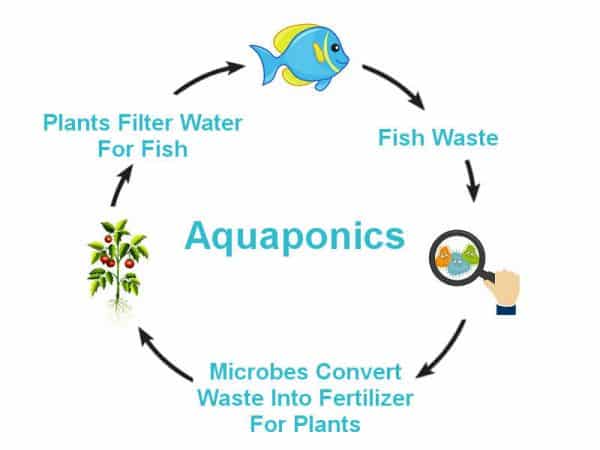The bacteria in an aquaponic system are responsible for breaking down the fish waste and producing nutrients that the plants can use to grow. with remarkable efficiency, this positive bacteria converts harmful ammonia into nitrite which can be absorbed as “food” via the plant’s roots.. There is another important bacteria group, as well as other micro-organisms, involved in aquaponics. this bacteria group is generally called the heterotrophic group. these bacteria utilize organic carbon as its food source, and are mainly involved in the decomposition of solid fish and plant waste.. There are two types of bacteria in aquaponics systems: beneficial bacteria and harmful bacteria called pathogens. beneficial bacteria are required to run a successful aquaponics system. beneficial bacteria.
Bacteria play vital roles in the aquaponic system as they can transform ammonia or ammonium into nitrite and then into nitrate, which is more favorable for bacteria, fish, and plants.. The base of the aquaponic bacteria food chain is fish waste. this byproduct of aquaculture is made up of part loose solids and part liquid ammonia. a concentrated form of nitrates, this fish waste is too strong for plants to process efficiently. overwhelmed by the amount of fertilizer, they quickly turn yellow and burn.. Bacteria are key players in processes which are central for the functioning and equilibrium of an aquaponic system [ 7 ]. the best studied process is nitrification, during which ammonia (the main nitrogen form excreted by the fish) is transformed via nitrite to nitrate, which is less toxic for the fish [ 8] and preferred by plants [ 9, 10 ]..

